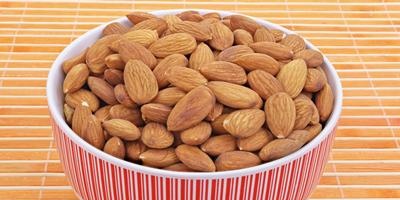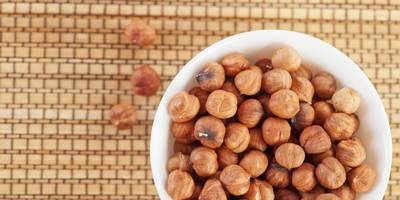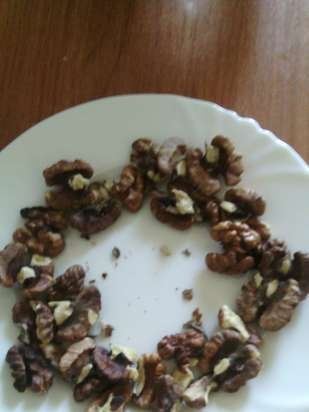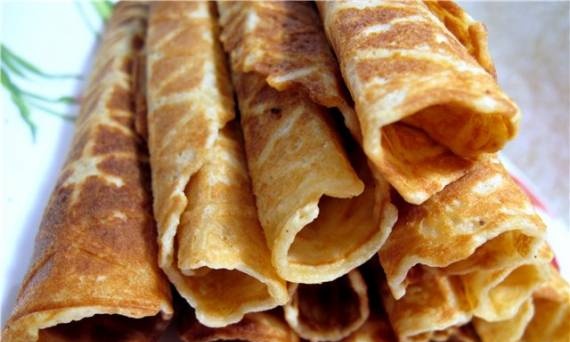|
 Indians have long believed in almonds. Not that they were really chasing his nutrition. They are attracted to the other side. It is believed that the almond kernel carries the secret of unfading youth, saves from diseases, and the most unpleasant ones. Indians have long believed in almonds. Not that they were really chasing his nutrition. They are attracted to the other side. It is believed that the almond kernel carries the secret of unfading youth, saves from diseases, and the most unpleasant ones.
As we will see later, they had some reasons for this. And although the almond tree is not a local breed, but is brought from our south, the Indians are trying to breed it throughout the country and wherever possible. Alas, luck is very rare for gardeners. Sometimes success is only partial. And only in a few cases is the work of the farmer rewarded.
This is not to say that this unpretentious plant completely refuses to grow on Indian soil. Grows, but bears fruit well in rare places. Even in "almond" areas, you need to choose special, favorable places. The best lands - the upper valleys of Baluchistan - were transferred to Pakistan in 1947. Remained only in Kashmir. In general, the kingdom of the almond is a narrow strip between 30 and 40 degrees north latitude, but even here dry air and frost-free spring are needed.
Wild almonds, however, in nature choose the right places for themselves. It also protects fruits well from encroachments from running and flying animals. Anyone who wants to eat its fatty bone (in the core - 60 percent oil) must remember that it contains the poisonous glucoside amygdalin. Once in the stomach, amygdalin decomposes into essential oil and a terrible poison - hydrocyanic acid. The bitter taste of almonds (bitter) serves as a warning. It is difficult to say whether bitter almonds are dangerous to all animals. For humans, the limits of danger are known. 10 nucleoli are fatal for a child, 60 for an adult.
A risky experiment was undertaken by the livestock breeders of Uzbekistan during the war. When there was nothing to feed the cattle, they mixed bitter almond cake into the swill, which was considered completely unusable because of hydrocyanic acid. And nothing. Not a single cow was poisoned. And recently, doctors are starting to look more closely at amygdalin.
This glucoside is thought by experts to help fight cancer. Maybe its action is explained by hydrocyanic acid? Indeed, many poisons, lethal in large doses, are useful in small ones. We are treated with strychnine. But before they were poisoned by wolves and rats.
Well, as for other healing, then why only bitter almonds were not used! Ancient Ibn Sina treated them for clogged veins and kidney stones. Almond milk relieved joint pain and cured cough. Decoction of roots is used to expel freckles to this day.
Of course, they plant more often not bitter, but sweet almonds. This one may not be so useful, but it is safe. There are 100 million of its trees in the world (we also count in pieces). The first violin is played by the countries of ten-degree almond latitude - Italy and Spain. Each has 40 million barrels. What is left to the rest of the world? France used to have a lot. But almonds are mountainous. And the French stretched from the mountains to the warm lowlands. Almonds were out of work. They began to uproot and plant the vine. The harvest has decreased several times. I had to take emergency rescue measures.

We don't have that many almonds yet. Experts have calculated that the number of barrels needs to be increased thirty times! True, to plant them, you need a lot of free land. And there is not so much of such in our south. It helps that the land is suitable for almonds, which is no longer good for anything. Bare mountain slopes. In Uzbekistan, three quarters of the mountains are like that. Here the almonds will take root. True, sweet fruit will not grow on every mountain (as in India). But you can also plant wild, Bukhara. It is local, and the oil from the nucleoli can be knocked out in the same way as from the cultured one.
A. Smirnov. Tops and roots
|
 Indians have long believed in almonds. Not that they were really chasing his nutrition. They are attracted to the other side. It is believed that the almond kernel carries the secret of unfading youth, saves from diseases, and the most unpleasant ones.
Indians have long believed in almonds. Not that they were really chasing his nutrition. They are attracted to the other side. It is believed that the almond kernel carries the secret of unfading youth, saves from diseases, and the most unpleasant ones.






























































































